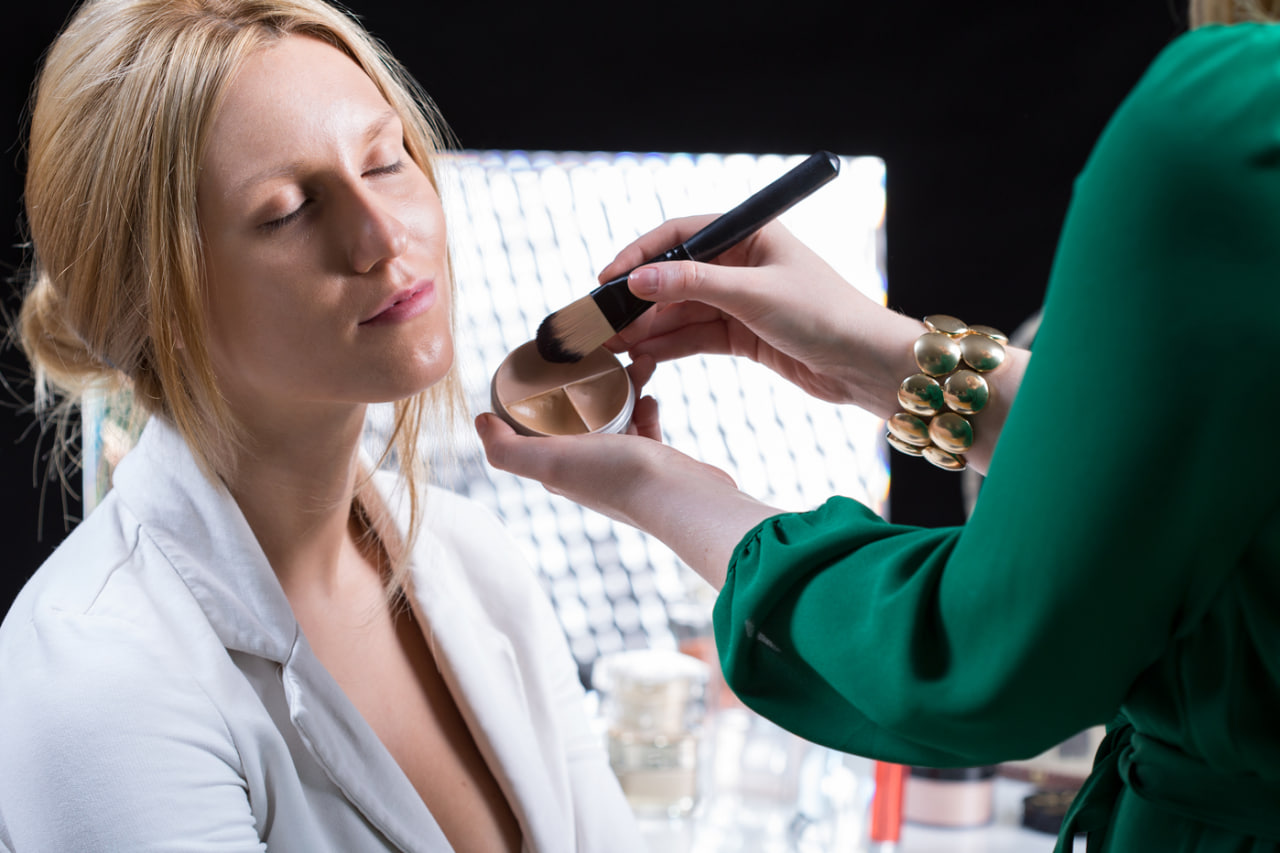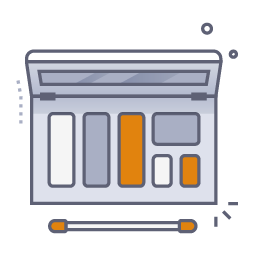The Best Fluffy Pancakes recipe you will fall in love with. Full of tips and tricks to help you make the best pancakes.

Understanding the Importance of Hair and Makeup Tools
For beginners, having the right tools is crucial to learning and mastering hair and makeup techniques. Tools not only make styling easier but also improve precision, efficiency, and the final result. Using the wrong tool can lead to frustration, uneven application, and even damage to hair or skin. Therefore, understanding the function of each tool, its quality, and how to use it correctly forms the foundation for building skills and confidence.
Essential tools range from brushes and combs to styling devices and cosmetic applicators. Each category serves a specific purpose, and selecting the right ones depends on hair type, skin type, and the styles you want to achieve. Beginners benefit from starting with versatile tools that provide maximum functionality without overwhelming complexity.
Hair Styling Tools for Beginners
Hairbrushes and combs are the most basic yet vital tools. Wide-tooth combs help detangle wet hair without causing breakage, while paddle brushes are ideal for smoothing and distributing natural oils. Round brushes assist with volume and shape during blow-drying, making them essential for everyday styles.
Styling tools such as flat irons, curling wands, and blow dryers expand your ability to create varied looks. Beginners should start with devices that have adjustable heat settings to reduce the risk of heat damage. Heat protectant sprays are also critical to maintain hair health during styling. Sectioning clips help separate hair into manageable portions, making techniques like curling, straightening, or braiding easier to execute with precision.
Makeup Brushes and Applicators
A core set of makeup brushes allows beginners to apply products evenly and professionally. Foundation brushes, blending sponges, and powder brushes provide smooth coverage, while eyeshadow brushes of different sizes help create depth and dimension on the eyelids. Angled brushes assist in precise eyeliner or eyebrow application, and small detail brushes are useful for highlighting or contouring smaller areas.
Using brushes correctly improves blending, reduces product waste, and enhances the overall appearance of the makeup. For beginners, investing in a few high-quality, multipurpose brushes is more effective than purchasing a large set that may overwhelm and remain underused.
Essential Cosmetic Products
While tools are important, the right products complement their use. Beginners should start with versatile products that serve multiple purposes, such as a neutral eyeshadow palette, tinted moisturizer, and blush that can double as a lip tint. These items simplify routines, reduce clutter, and allow experimentation without committing to numerous products.
Lightweight foundations or BB creams provide even coverage without feeling heavy. Waterproof mascara, multipurpose lip and cheek tints, and brow pencils create defined features while being forgiving for beginners learning application techniques. Choosing products suitable for your skin type prevents irritation and ensures long-lasting results.
Organizing Your Tools for Efficiency
Proper organization of tools improves workflow and reduces frustration. Tool storage, such as makeup bags, brush holders, or compartmentalized cases, keeps everything accessible and hygienic. Cleanliness is critical; brushes and combs should be washed regularly to remove product buildup, oil, and bacteria that could affect performance or skin health.
Organized tools also help beginners establish a routine. Knowing where each item is located allows for smoother transitions between steps, encourages consistency, and builds confidence during practice.
Techniques for Using Beginner Tools Effectively
Understanding how to use tools effectively is just as important as owning them. For hair, using the correct brush for the right section prevents damage and promotes smooth results. Learning heat application techniques, such as moving a flat iron steadily and evenly, reduces the risk of hot spots and frizz.
For makeup, mastering brush strokes, blending motions, and the amount of product to apply ensures a professional finish. Beginners should practice layering products gradually, allowing corrections without starting over. Watching tutorials, attending beginner workshops, or following step-by-step guides helps accelerate learning and build competence with each tool.
Creating a Core Starter Kit
A beginner’s starter kit should focus on versatility, durability, and ease of use. Hair tools can include a paddle brush, wide-tooth comb, small round brush, heat styling device, and sectioning clips. Makeup tools should include a foundation brush or sponge, powder brush, a few eyeshadow brushes, an angled brush, and a multipurpose lip/cheek applicator. Essential products like neutral eyeshadows, tinted moisturizer, blush, mascara, and brow pencil complete the kit.
A carefully curated kit allows beginners to experiment, learn techniques, and develop their skills efficiently without being overwhelmed by excessive products or tools.
Building Confidence Through Practice
Having essential tools is only effective when paired with consistent practice. Beginners should take time to understand how each tool works, experiment with different techniques, and refine their skills gradually. Practicing regularly allows for muscle memory development, smoother application, and faster completion of hairstyles and makeup routines.
